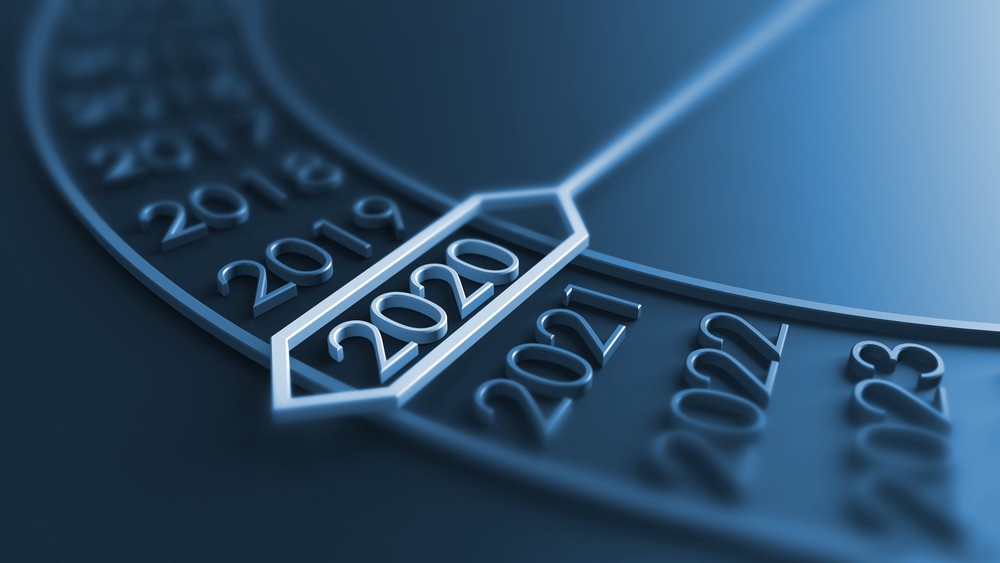Given the events of the first three months, New Year’s Day 2020 seems like an eternity ago. Equity and bond markets finished 2019 with their best performance in many years. 2020 commenced on very good economic footing as the U.S. accelerated out of a ho-hum fourth quarter. Much of Europe and Asia were also signaling an economic turnaround was at hand.
A cloud appeared on the horizon in the form of a new coronavirus. At first, the outbreak looked like it would take the path of many earlier viral outbreaks…gradual dissipation under government and agency controls. However, few expected the new virus to be the catalyst for what was to become the perfect storm.
2020 was supposed to be filled with the typical election year political positioning. The Democrats were narrowing which contender would face off with the incumbent Republican. During the primary season, a China travel restriction had been abruptly announced, almost out of left field, due to what is now recognized as COVID-19. As the virus spread, the world recognized that Chinese cities were being dramatically quarantined. Shuttering of Chinese cities created a supply chain disruption and that almost immediately effected 2020 economic models. This forecasting uncertainty pushed equity markets lower, mostly in the last week in February.
After a rebound in the first week in March, Saudi Arabia and Russia initiated an oil price war. Saudi Arabia’s goal was to drive out North American oil producers which were supplanting Saudi Arabia as the chief energy exporter. Russia, on the other hand, prefers a high oil price to support domestic spending programs and was reluctant to agree to increasing production.
Enter the third culprit of the perfect storm, computerized algorithmic trading. Computer trading systems combined signals from February’s COVID-19 market correction with oil price war uncertainty, and algorithmic trading was off to the races. These algorithms created their own spiral. As trading systems recognize selling indicators, programming causes them to sell, which reinforces the selling indicators in a downward spiral.
The speed of the sell off was unprecedented. This period was the second fastest bear market (20% decline) in history. This period involved four trading halts. By comparison, the ’08-’09 Credit Crisis had only one halt. Few asset classes or financial markets were left unscathed–stocks, bonds, commodities, currencies, precious metals and more declined in value.
Prior to COVID-19, there were no clear signs of an impending economic downturn. The current economic downturn is a result of a medical problem boiling over into an economic event. To stop the spread of this invisible enemy, whole parts of the economy had to be shuttered. “Social distancing” was introduced into our vocabulary. The privilege of “working from home” is now all but mandatory.
Where Do We Go from Here?
Unfortunately, it doesn’t appear the pandemic has been averted. There is no telling exactly when this worldwide crisis will end. But rest assured, we are here for you. It’s important to remain patient, disciplined and prudent during volatile markets.
Portfolios are designed with uncertainty, market volatility and client objectives in mind. During times of uncertainty and market volatility, while it is prudent to “stay the course”, it is also prudent to review investment strategies (e.g., “What is my risk tolerance? When will I retire? When will I need this money?”) to ensure the most appropriate path. A new course of action is only warranted if it is more appropriate than the current path. Determining an optimal asset allocation based on one’s own situation, investment horizon and circumstances is the primary decision to achieve your goals. Bailing out of the markets is typically an imprudent action, often detrimental to reaching future long-term goals. Overwhelming historical data indicates that individuals attempting to time the market generally prove to be mistaken with sub-optimal performance. Current market conditions rarely provide a clear direction as to the future performance of the markets.
The U.S. market in particular has been dynamic and resilient in moving on from crisis after crisis throughout history. The recent market volatility should remind investors to focus on what they should be doing on a regular basis: Be mindful of the situation but disciplined about your investment strategy.
Our phones and emails are open. We stand ready to respond to your questions, needs and review your portfolio. Please stay healthy as we make it through this event of human history.
CRN-3023051-040120


Recent Comments